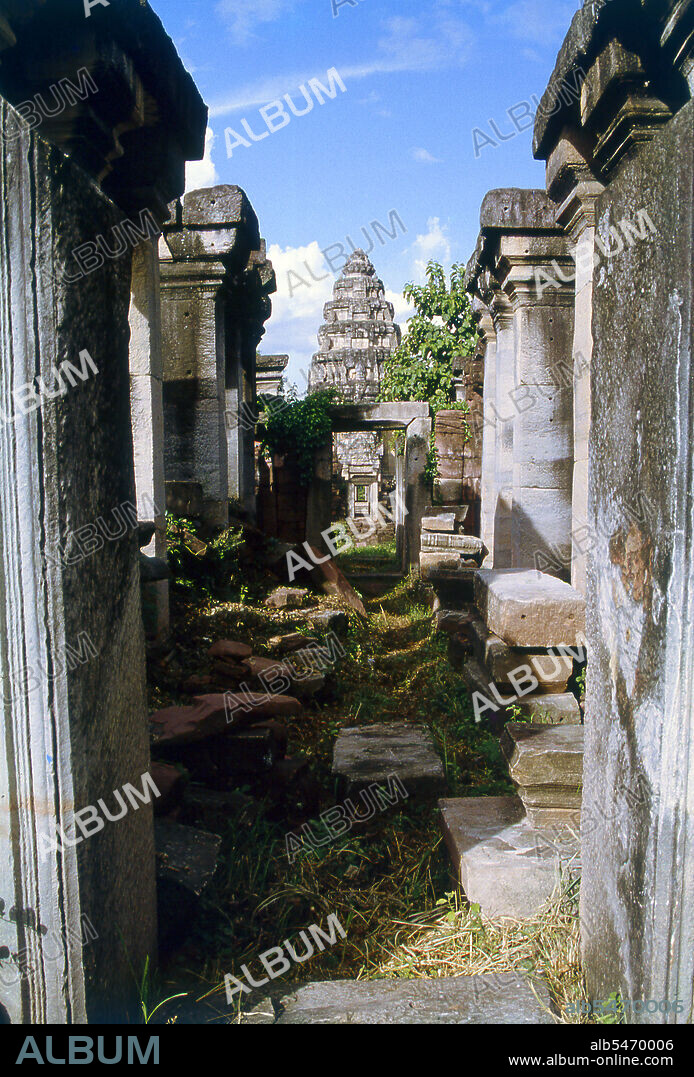alb5470006
Prasat Hin Phimai, Phimai Historical Park, Nakhon Ratchasima Province.

|
Ajouter à une autre Lightbox |
|
Ajouter à une autre Lightbox |



Avez-vous déjà un compte? S'identifier
Vous n'avez pas de compte ? S'inscrire
Acheter cette image

Titre:
Prasat Hin Phimai, Phimai Historical Park, Nakhon Ratchasima Province.
Légende:
Voir la traduction automatique
The complex at Phimai dates originally from the reign of Surayavarman II (r. 1113 - 1150), during the first part of the 12th century CE. The temple was constructed with white, finely-grained sandstone, in the same style as Angkor Wat. Like Angkor, too, Phimai was first dedicated to the cult of Vishnu. The central sanctuary tower and much of the immediate surrounding which survive today date from this early period. About one hundred years later, when Jayavarman VII (r. 1181 - 1218), 'the builder', extended and developed Phimai, the temple became a Mahayana Buddhist centre, dedicated to the Vimaya Buddha. The name 'Phimai' is derived from this. The basic structure of Jayavarman's city is readily identifiable today. The complex sits in a large rectangle which once contained a small town, and was surrounded on all four sides by water - the Mun River to the north, a natural canal to the west, and two man-made canals to the south and east. The south wall of the city was pierced by the Pratu Chai, or 'Victory Gate'. From this gateway a road led straight to Angkor, the Khmer capital.
Crédit:
Album / Pictures From History/Universal Images Group
Autorisations:
Modèle: Non - Propriété: Non
Questions sur les droits?
Questions sur les droits?
Taille de l'image:
3465 x 5111 px | 50.7 MB
Taille d'impression:
29.3 x 43.3 cm | 11.6 x 17.0 in (300 dpi)
Mots clés:
ARCHITCETURE • ARCHITECTURE • ARCITECTURE • ASIE • ASIE, CONTINENT • BOUDDHISME • BOUDDHISTE • BOUDDIQUE • CONTINENT ASIE • HIDOUISME • HINDOU • HINDOUE • HINDOUISME • HISOIRE • HISTOIRE • MONASTERE • RELIGION • RELIGION: BOUDDHISME • TEMPLE • TEMPLES • THAI • THAILANDE
 Pinterest
Pinterest Twitter
Twitter Facebook
Facebook Copier le lien
Copier le lien Email
Email
